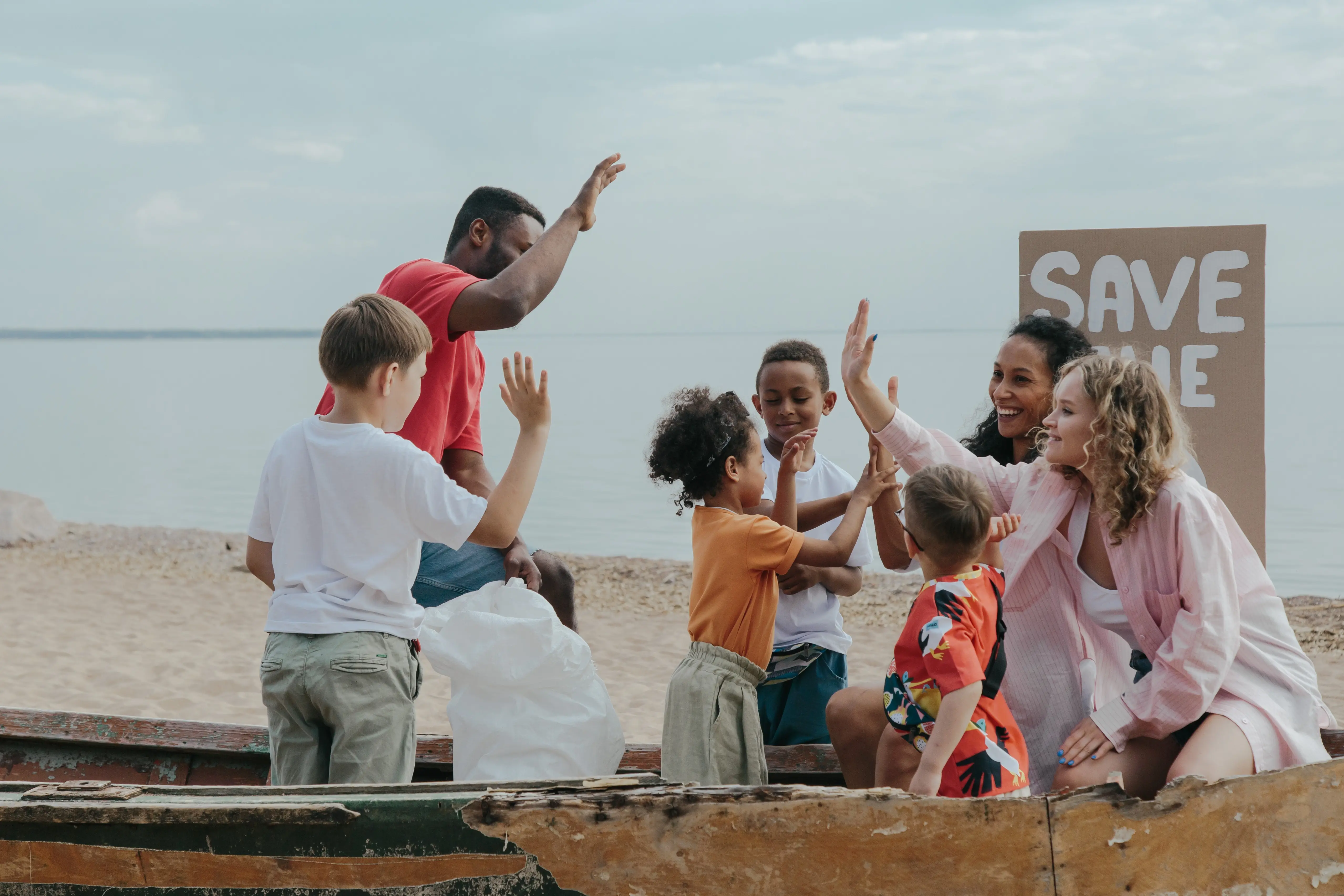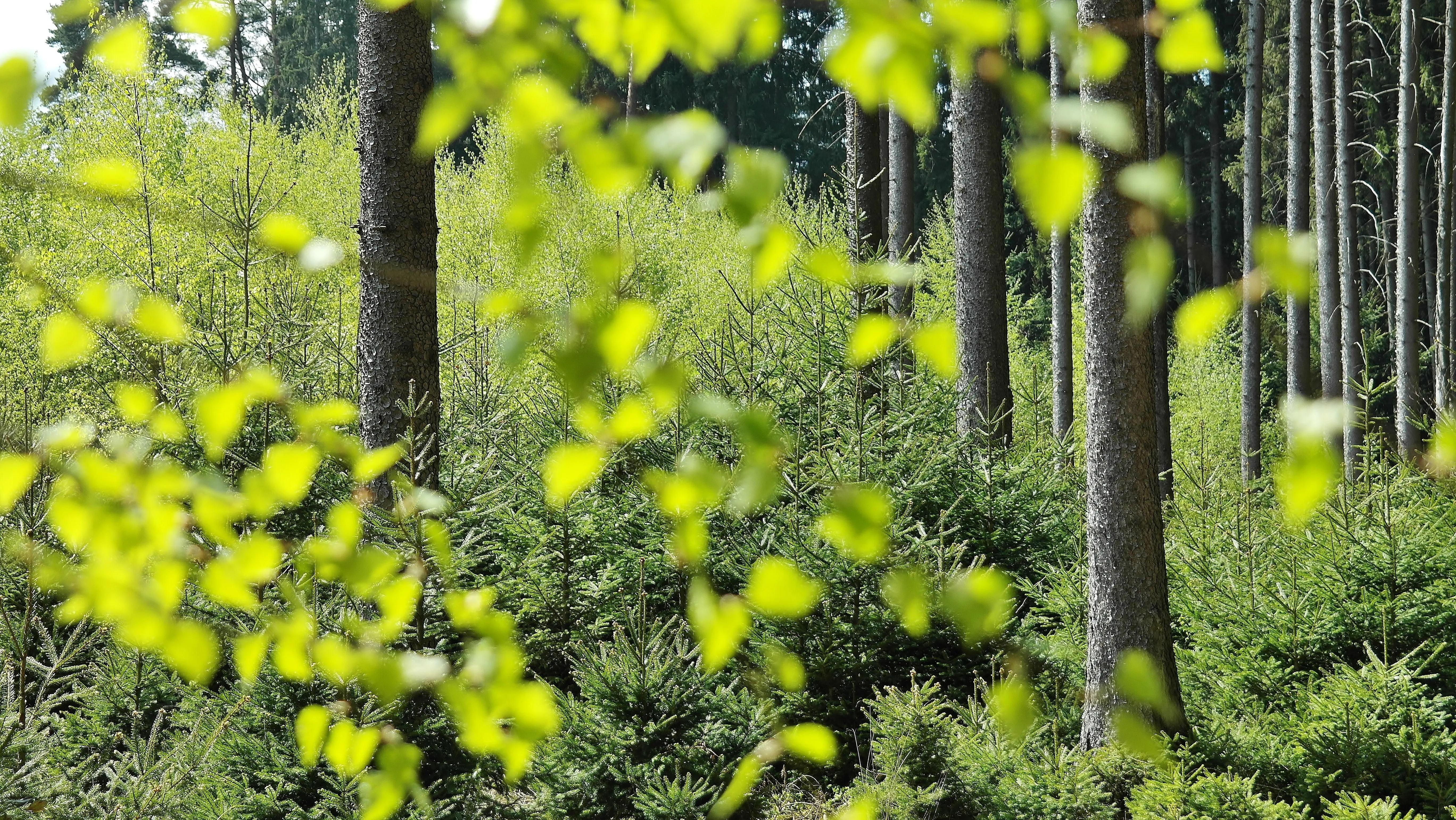Attaining environmentally sustainable development goals is a call that requires consolidated efforts through actions initiated rather than paper or office work. Managing and changing the situation includes activities done at the field as the main fronts for a desirable future (Bali Swain & Yang-Wallentin, 2020). My mini-project was about resource management to reduce wastes and to manage resources available for effective uses that do not cause problems. As expressed by Opoku (2019) about the pursuit of a friendly environment, clean water, and sanitation, life on land and climate actions were some of the strong principles that drove my fight for a sustainable environment through my action plan. My main area of focus was water resource management that is the most crucial gift which when not effectively utilized or conserved would contribute to global warming, aquatic life threats, and human life problems.
My water resource project aimed at creating awareness in the community about the need to keep water sources and bodies safe, having alternative sources and means of harnessing water to conserve available natural sources and to economize the available through proper use and recycling when necessary to combat global warming which is a threat leading to global warming (Scharlemann et al., 2018). My approach was to conduct industrial and domestic sensitization to promote rainwater harnessing that would reduce reliance on large water bodies for industrial and domestic uses as that would reduce global warming during dry seasons. Also, I planned to ensure industries do not pollute water as that would make water inhabitable for aquatic life while passing problems to other domestic users. I implemented the action plan through training organized for the stakeholders and campaigns in the villages and towns. I provided posters and leaflets describing the plan and its intention to entities and villages as well as environmental authorities that I rolled in the plan as the party of interest.
My project had a great impact on changing peoples’ perceptions about water usage. My points about climate change and a safe environment for the general ecosystem were received in applause where many firms committed to water harnessing through dam constructions to avoid overreliance on water from rivers, lakes, and oceans that cause an imbalance in the long run. Also, the pollution effect was addressed as most domestic pollutants of water committed to resorting to communal garbage collection instead of disposing of them individually that makes them find their ways into water bodies thereby causing pollution. Additionally, most companies offered to supply water for home usage to their neighborhood as a means of combating water shortages after learning the challenges that existed in the society through my action. Consequently, the plan raised major stakeholders to participate in the environmental campaign to help tame the crisis.
Despite the change of mentality witnessed, the project did not lack challenges. The main challenge was the financial constraint for the plan and implementation. It was difficult to conduct a campaign that would capture a wider region to cause massive change and responses. Reaching the villages and entities and even facilitation of educational programs required some resources for movements and out of pocket for my sustenance while in the field. Moreover, the production of campaign leaflets, posters, and notes demanded some financial support. Since the budget was huge, I had to cover limited regions for effective transfer of information which ultimately bore fruits. Attaining environmental sustainability is a costly process and has several predicaments (Bali Swain & Yang-Wallentin, 2020). My challenges were part of the rough path environmental conservation follows in pursuit of sustainability. Additionally, the other challenge was little environmental information within the villages where most people do not see the need to cultivate or preserve water when it is seen in abundance. Lack of adequate information on conservation needs and measures hinders the attainment of the development goals (Bali Swain & Yang-Wallentin, 2020). The challenge was evident in many villages.
Some of these challenges such as financial handicaps were addressed by the authorities responsible. The department of environment was able to offer support in form of transportation that would enable me to reach my destination. The department was convinced that my plan was resolute and absolute enough on environmental issues and was able to assist their efforts towards sustainable water usage. Similarly, most of the companies I visited offered me a warm reception and, in most cases, catered for my lunch. They also appreciated my efforts in educating and informing their employees on sustainability issues. They observed that the debate was key but had been a hard one at the organizational levels that it required outsourced services to enable the employees to see the urgency and seriousness of the matter. As a way of aiding my work, some companies produced my notes and posters in appreciation of my effort and in helping my campaign.
The campaign had a lot to be drawn as lessons both from the companies and the environment department. The first notable lesson was the total commitment the departments have towards the attainment of a clean environment. Their resolve to assist my course confirms the determination within government structures to ensure the ecosystem becomes sustainable. The companies on the other hand reflect the same intention of having a clean environment under effective water utilization. Moreover, their support to ensure employees are trained shows their concern of the matter but limited actions instituted at their levels to ensure sustainability. Additionally, the community reluctance shows limited awareness within the villages. Generally, the lesson should be increased education and awareness to combat the water challenge.
References
Bali Swain, R., & Yang-Wallentin, F. (2020). Achieving sustainable development goals: predicaments and strategies. International Journal of Sustainable Development & World Ecology, 27(2), 96-106.
Opoku, A. (2019). Biodiversity and the built environment: Implications for the Sustainable Development Goals (SDGs). Resources, conservation, and recycling, 141, 1-7.
Scharlemann, J. P., Brock, R. C., Balfour, N., Brown, C., Burgess, N. D., Guth, M. K., … & Kapos, V. (2020). Towards understanding interactions between Sustainable Development Goals: The role of environment–human linkages. Sustainability Science, 15(6), 1573-1584.









